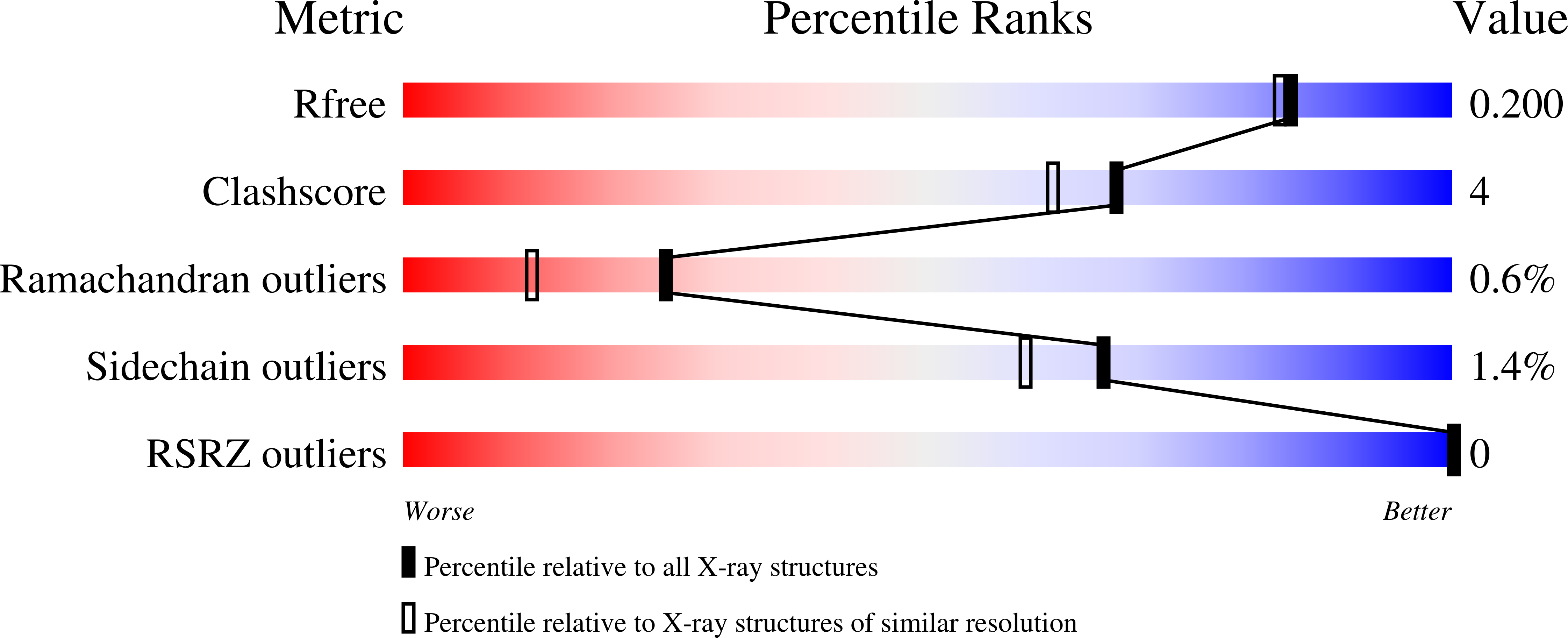Design, Synthesis and Structural Analysis of Glucocerebrosidase Imaging Agents.
Rowland, R.J., Chen, Y., Breen, I., Wu, L., Offen, W.A., Beenakker, T.J., Su, Q., van den Nieuwendijk, A.M.C.H., Aerts, J.M.F.G., Artola, M., Overkleeft, H.S., Davies, G.J.(2021) Chemistry 27: 16377-16388
- PubMed: 34570911
- DOI: https://doi.org/10.1002/chem.202102359
- Primary Citation of Related Structures:
6YTP, 6YTR, 6YUT, 6YV3, 6Z39, 6Z3I - PubMed Abstract:
Gaucher disease (GD) is a lysosomal storage disorder caused by inherited deficiencies in ¦Â-glucocerebrosidase (GBA). Current treatments require rapid disease diagnosis and a means of monitoring therapeutic efficacy, both of which may be supported by the use of GBA-targeting activity-based probes (ABPs). Here, we report the synthesis and structural analysis of a range of cyclophellitol epoxide and aziridine inhibitors and ABPs for GBA. We demonstrate their covalent mechanism-based mode of action and uncover binding of the new N-functionalised aziridines to the ligand binding cleft. These inhibitors became scaffolds for the development of ABPs; the O6-fluorescent tags of which bind in an allosteric site at the dimer interface. Considering GBA's preference for O6- and N-functionalised reagents, a bi-functional aziridine ABP was synthesized as a potentially more powerful imaging agent. Whilst this ABP binds to two unique active site clefts of GBA, no further benefit in potency was achieved over our first generation ABPs. Nevertheless, such ABPs should serve useful in the study of GBA in relation to GD and inform the design of future probes.
Organizational Affiliation:
Department of Chemistry, York Structural Biology Laboratory (YSBL), University of York Heslington, York, YO10 5DD, UK.





















